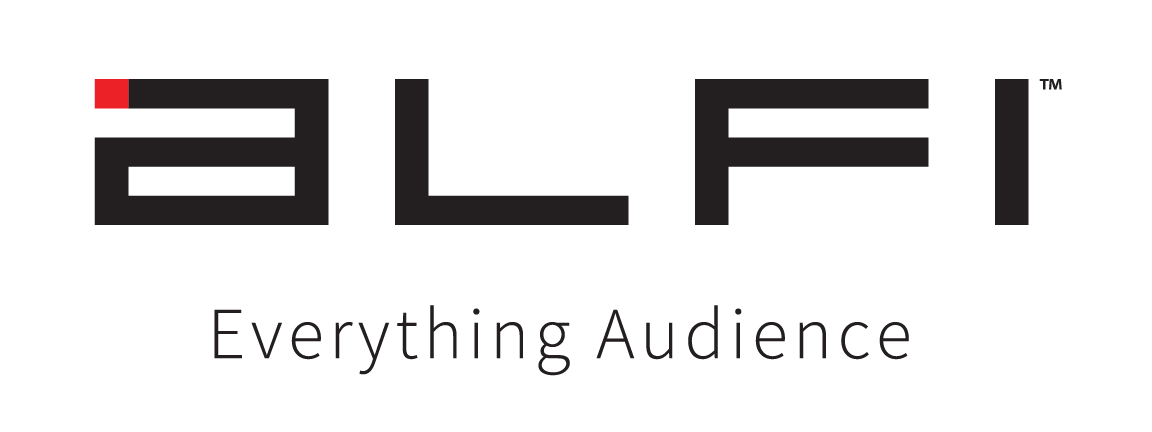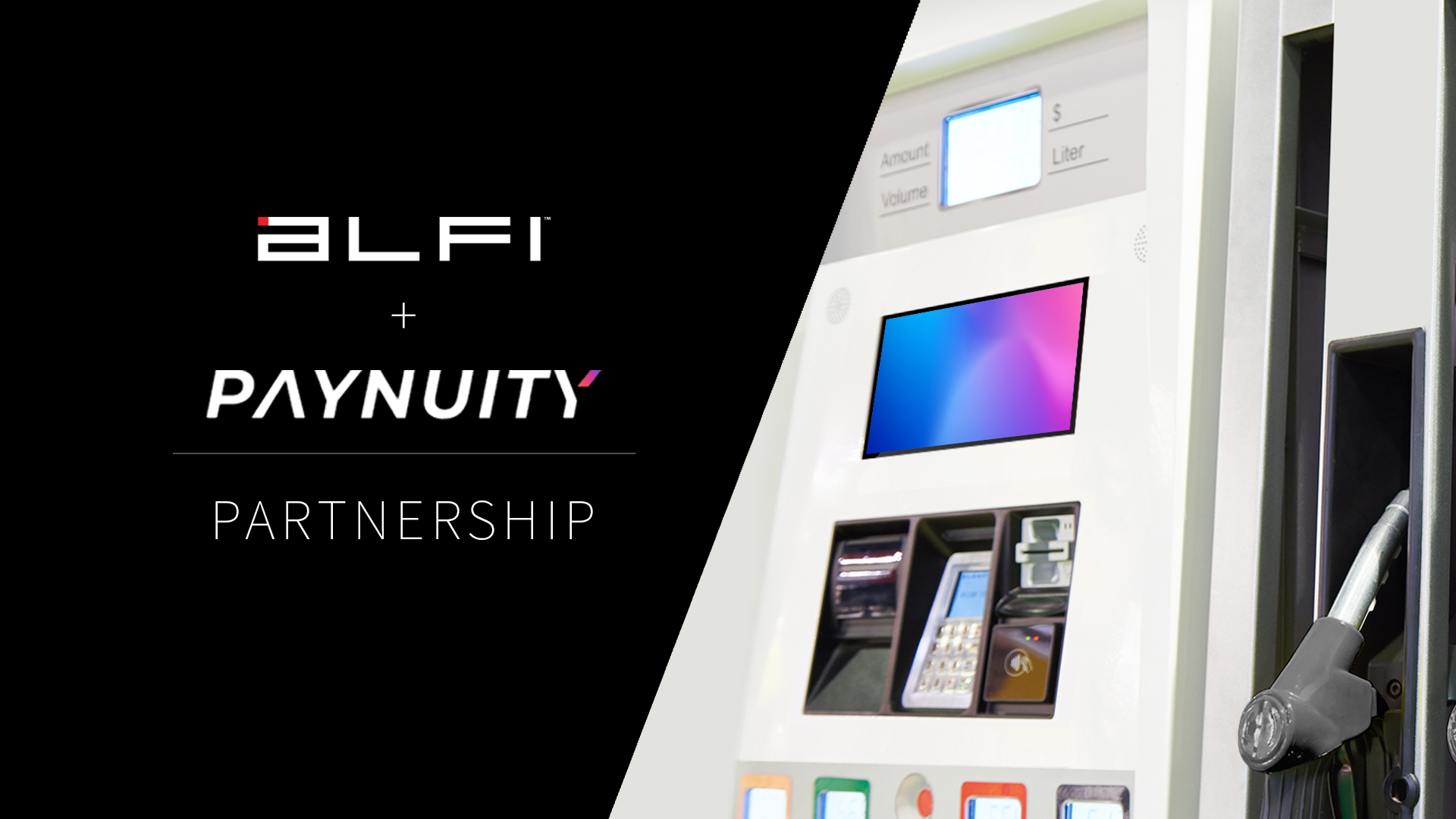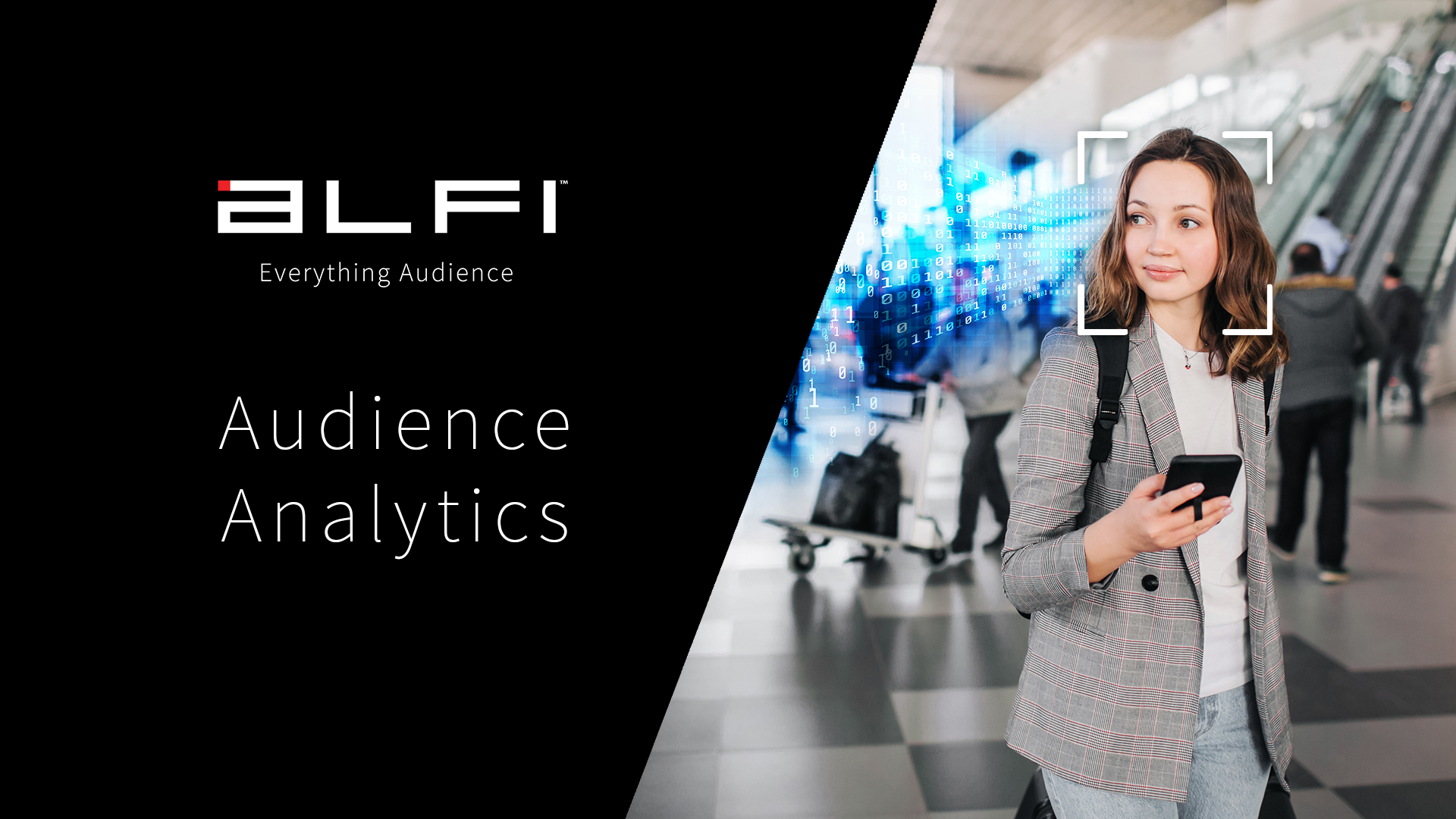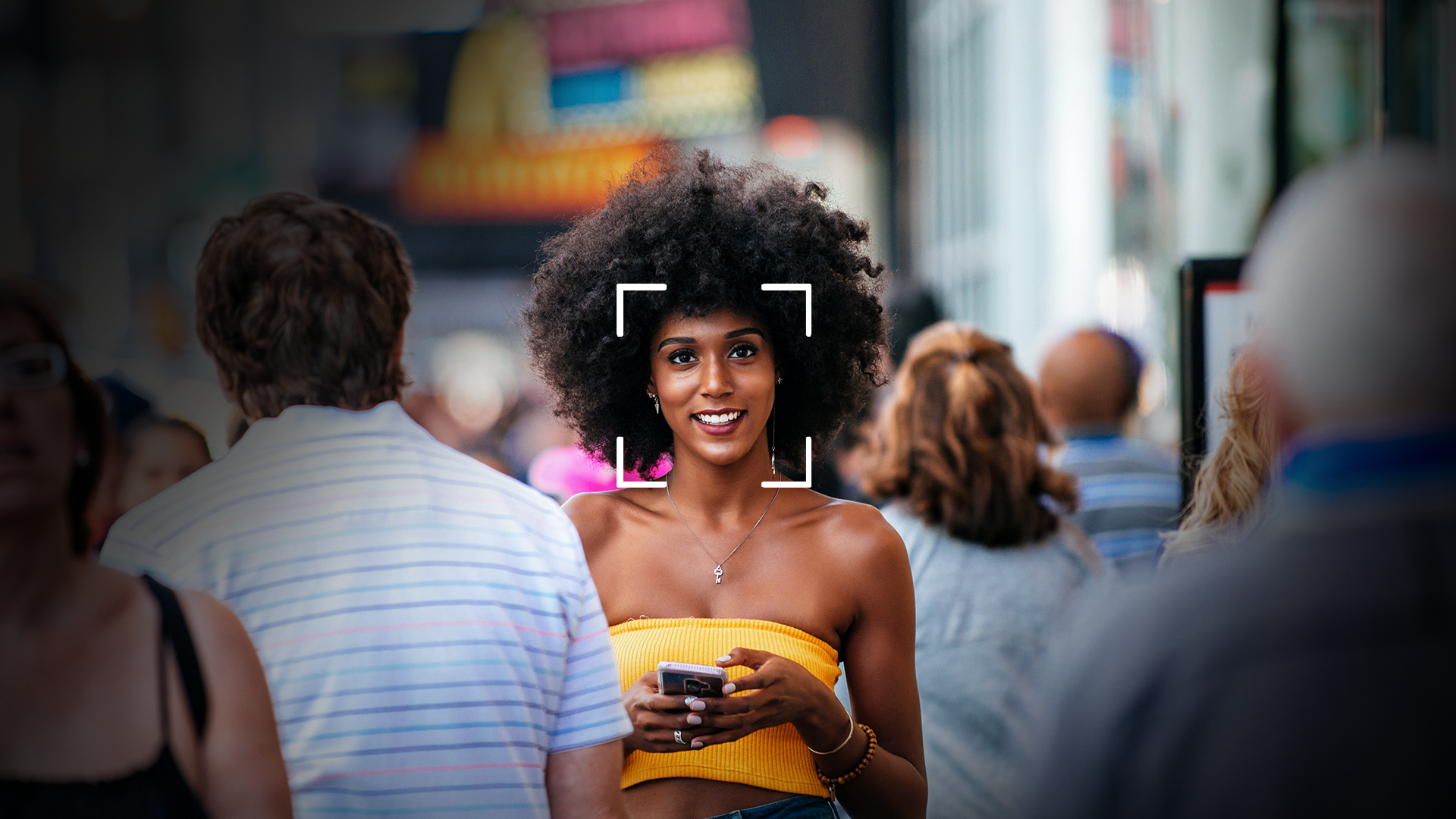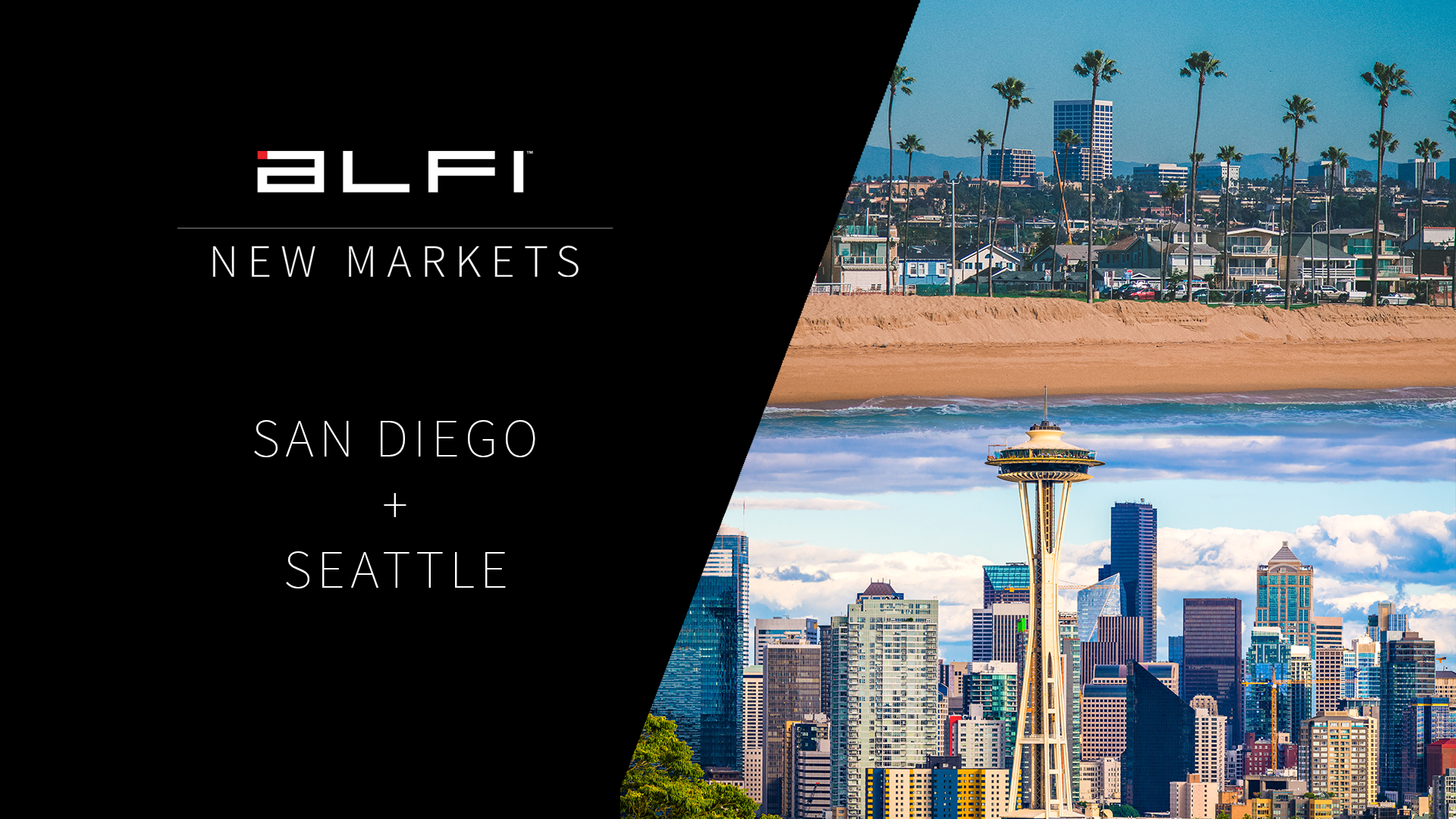Everything has gone digital. So it only makes sense that with the modernization and digitization of everyday tasks, that advertising would be next in line for an upgrade.
Programmatic advertising integrates and streamlines the relationship between technology, publishers, advertisers, and consumers – speeding up the ad buying and delivery process for all involved. More on that shortly.
The use of programmatic advertising is only going to increase. 2020 forecast reports show companies investing heavily in US programmatic digital out-of-home advertising (DOOH) ad spending – more than doubling the year over year at $181.6 million. That figure is predicted to reach $533.8 million by 2022. In fact, research by Nielsen reveals OOH overall to be one of the most effective ways to build validation in companies suffering losses in brand loyalty during the pandemic.
Programmatic advertising further speeds up the process of bidding, selecting and optimizing DOOH campaigns with automated transactions, sales, and deliveries. But first…
What is Programmatic Advertising?

Programmatic DOOH refers to the automated process of buying, selling, and delivering DOOH ad spaces – like digital billboards, retail signage, rideshare tablets, and more.
How is This Different from the Norm?
Before programmatic ad buying existed, digital ad spaces were sold and negotiated by salespeople and purchased by media buyers in a long, expensive process. By integrating technology, programmatic advertising makes the ad buying system more efficient and affordable by removing unnecessary stages in the process where possible and shifting some human steps to machines.
How Does Programmatic Advertising Work?
When advertisers or agencies want to buy digital ad space on the market, they use ad exchanges – computerized auction systems that join publishers, suppliers, and advertisers together for the buying, selling, and placement of digital ad impressions. This new integrated system yields faster, more efficient marketing campaigns.
Ad buyers can set specific conditions that automatically trigger the purchase of an ad spot when those parameters have been met. This includes dynamic content that changes based on time of day, local events, nearby weather conditions, and so on. It’s also possible to use anonymous consumer behavior to trigger different content near a particular location, for example.
How are Ad Spaces Bought and Sold?
On one side, a publisher wants to sell their ad spaces, so they use a supply-side platform (SSP) to list and share available inventory. On the other side, an advertiser wants to purchase ad space, so they visit a demand-side platform (DSP).
Programmatic advertising uses its software and algorithms to automate the entire process of selling and placing digital ad impressions. It does this by connecting these ad exchange platforms and delivering results in a fraction of a second. Plus, it can integrate other valuable intel like traffic data and online targeting to provide more accurate, efficient impressions at scale.
Each time an online visitor clicks on a particular website, that site owner puts their ad impression up for auction via an SSP. Using a DSP, advertisers place bids over the impression with the highest bidder receiving the impression, serving their ad on the site to the user. With luck, the user clicks on the ad and makes a purchase.
This might seem like a long process, but it all happens instantly with programmatic advertising. Powerful algorithms and analytics take and analyze those competing bids to determine the most cost-effective solution. When reaching a customer better matched to your brand needs – as determined by browsing data, time of day, their online profile, etc – there will be a higher bid for your impression.
Why Use Programmatic Advertising?
Programmatic advertising allows brands to create engaging, memorable ad campaigns that are seen by their target audiences at the best times. Cutting-edge technology has made it even easier for publishers and advertisers. Easy-to-use DSPs allow advertisers to locate, buy, and/or bid on inventory, matching companies to valuable ad space and target consumers instantly.
With automated real-time bidding (RTP) and programmatic advertising, businesses can expand their reach, better understanding shopping trends, and gaining valuable insight into consumer behavior. Plus, campaigns can be optimized far more quickly than alternative marketing methods, allowing brands to better capitalize on good opportunities while quickly cutting losses on missed ones.
Now, an advertiser simply logs into a platform and with a few clicks, selects all relevant campaign details, targeting, scheduling, placement, etc. The DSP does all of the work, drastically reducing the time spent on buying advertising. This way, marketing teams can spend more time focused on content and strategy.
To get started, companies specify what they are willing to spend, who they want to reach with their ads, and then a bidding battle takes place between all of the companies trying to reach that same audience.
Demand-side platforms make the process cheaper and more reliable, saving everyone time in the long run. Plus, when paired with DOOH advertising, programmatic can yield scalable solutions that are more efficient, personalized, and relevant to today’s consumers. For more on how DSPs are changing OOH, read this article.
How Does Programmatic Advertising Change DOOH?
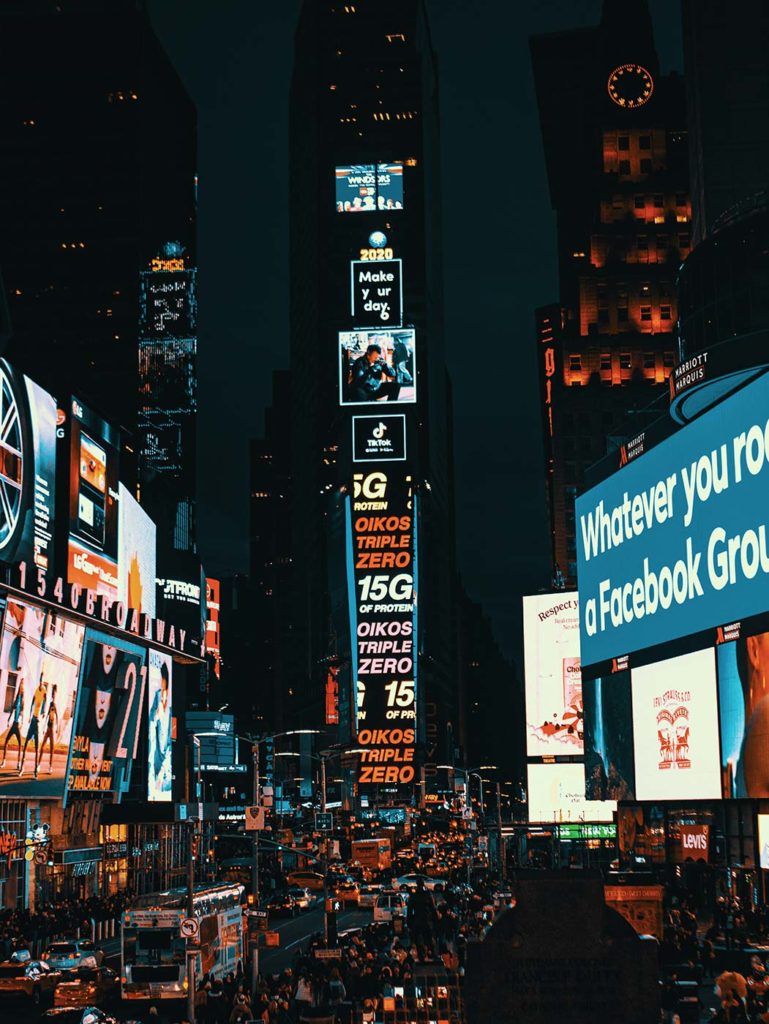
While they are both effective marketing channels, digital out-of-home advertising has the edge over traditional out-of-home advertising in its flexibility, affordability, and insight into valuable consumer behaviors. OOH and DOOH can be combined for even more powerful brand solutions.
Let’s review why DOOH is quickly becoming the popular option for advertisers everywhere.
Affordable
The advantage of DOOH is that it is an incredibly cost-effective method of advertising.
Advertisers are only paying for ads that are delivered to the right people, at the right time.
DSPs help make that process cheaper and more efficient by removing humans from specific parts of the process. This solves the issue of negotiating ad rates and manually faxing ad insertion orders. It’s an all-in-one solution for everyone involved.
The hyper-focused targeting delivering a specific message to a specific group of people is what makes DOOH so affordable.
Scalable
It’s also far more scalable than other forms of advertising. The convenience of DOOH advertising is that you can purchase only the ad spaces relevant to your market, saving you money in the long run with more effective ad placement rather than more ads altogether. More bang for your buck, so to speak.
Are you a small business getting started with just local ads? Scale the marketing campaigns to your business needs. Product performing better than expected? Rather than showing one ad on one solitary ad space, ramp up the campaign across multiple digital displays to show throughout particular counties, states, or the nation.
Easy
Instead of having to negotiate with multiple publishers across multiple sources, brands can go to one location across multiple spaces, industries, and locations, input their campaign information, sit back, and adjust the content as data rolls in.
Fast
With the pandemic drastically shifting regulations, trends, and spending, many ad campaigns came to a screeching halt. DOOH has afforded brands the freedom of planning short-term promotional campaigns based on actionable insights from real consumer behavior.
DOOH allows brands to run media whenever and wherever updating and optimizing campaigns in real-time. Gone are the days when you had to book a 4-week campaign. DOOH ad spend flexibility allows brands to create smarter campaigns tailored to their unique audiences.
Detailed Targeting
Discover the places your audience frequently visits through enhanced data analysis allowing you to understand consumer behavior patterns. With programmatic DOOH, brands can trigger content in popular locations at certain times of the day.
Gone are the days of indiscriminately broadcasting ads to anyone and everyone. With DOOH campaigns, brands are not throwing ads at random audiences, hoping they will get noticed; DOOH uses hyper-focused, local targeting to provide a specific message to a select group of people more likely to connect with that brand.
Powerful AdTech company ALFI offers advertisers the ability to use detailed targeting options for their digital out-of-home campaigns, pay for impressions, and receive detailed analytics to optimize their campaigns.
Powerful computer vision allows DOOH platforms to capture demographic and behavioral data of consumers as they view DOOH ads to increase the accuracy and effectiveness of targeting. Then, AI combined with the machine learning-powered recommendation engine looks for patterns and responses in human behavior to offer the right content to the right person at the right time.
More Context and Better Placement
DOOH gives marketers the ability to provide contextual advertising, taking into account the surrounding environment, local community, nearby retail stores, and more. Large, engaging screens and visual displays blending into the real world offer powerful ways to reach consumers. Creatively finding ways to incorporate contextual environments into your marketing can drive brand awareness, increase sales, and even push foot traffic.
DOOH gives brands the ability to address potential customers at multiple touchpoints, creating a more engaging, targeted channel for connecting with your target audience. This gives you the opportunity to follow them along the customer journey and reach them nearer to the point-of-sale, whether that be in a mall, kiosk, or supermarket.
Visually Appealing
Digital really does make a difference. With DOOH, there are so many tech options to choose from. Determine where your creative content will best be placed and the size and form of the ad space you’re seeking.
For instance, will your ad work best on a show-stopping digital billboard, where it can be animated for onlookers and commuters passing by? Or will it work better on personal devices where users can spend more time interacting with eye-catching graphics? DOOH gives you the option to choose what works best for your creative campaigns.
Programmatic DOOH: A Better Alternative
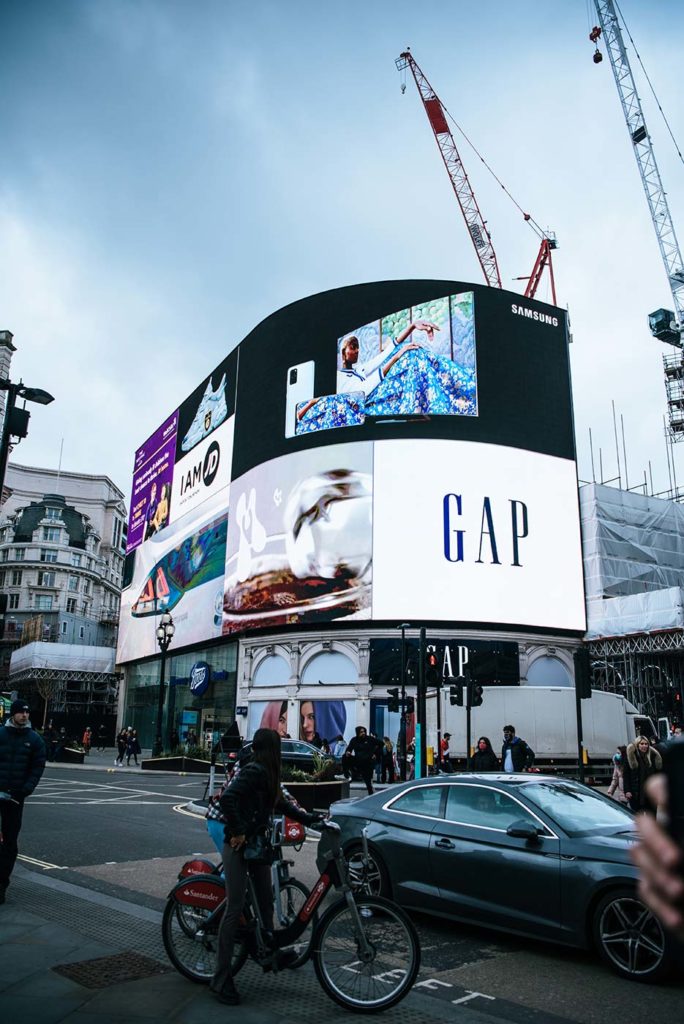
With its powerful visuals and tech capabilities, DOOH is transforming the way advertising is done in more ways than one. Beyond a mere skip, block, or mouse click, DOOH invites viewers to participate, offering more tailored, updated, relevant content and yielding valuable insights into consumer behavior.
And what’s more, it’s an incredibly effective method of building brand recognition and promoting products and services to a larger audience.
According to a Neilsen study, a total of 75% of respondents recalled seeing a digital billboard in the past month and 60 percent noticed one in the past week, according to the survey of those who traveled roadways with digital billboards.
While powerful on their own, DOOH ads perform even better when combined with other advertising channels. Research from MRI-Simmons and the Outdoor Advertising Association of America found that using OOH alongside other channels can lead to a boost in reach of as much as 100%.
Ultimately, programmatic DOOH provides a great, easy way to get started, test a new strategy, or ramp up an existing campaign without having to invest a small fortune, do a ton of prep work, or reinvent the wheel.
ALFI
At ALFI, our platform pairs powerful computer vision with AI and machine learning models to display clients’ ads only to their target customers when they’re most susceptible to making buying decisions.
For the first time, audiences can be targeted in real-time based on their behavior and physical demographics. Brands can now determine how effective their OOH ad is at getting attention, but also collect valuable audience data to get true insight on who is paying attention. And they can do this while reaching multiple consumer touchpoints during the customer journey.
Thanks to ALFI’s advanced AI and technology, impressions on our DOOH units can be confirmed as viewed when our system detects audience behavior, as well as their demographics. Additionally, with more and more DOOH campaigns including some type of “digital footprint” to follow the customer from point of exposure, to point of conversion, it’s never been easier to show and prove concrete ROI results.
Beyond traditional out-of-home advertising, ALFI offers real-time engagement, performance, and reliability.
ALFI offers brands and businesses the ability to use detailed targeting options for their digital out-of-home campaigns, pay for impressions, and receive detailed analytics to optimize their campaigns.
While other platforms blur the line when it comes to user privacy, ALFI is building the future of DOOH advertising, by crafting tools that empower media buyers to reach their exact target market, at the right time, for a fraction of the cost in a respectful and ethical manner.
ALFI’s smart technology can detect behavior without using cookies or storing personal data, facial images, or information. It sets new standards by providing precise targeting information to advertisers by collecting information in non-intrusive ways that are compliant with GDPR, CCPA, and HIPAA.
If you’re looking to boost your sales, book more appointments, increase your online presence, or have any other marketing goal, you should give digital out-of-home a try.
ALFI lets advertisers easily snag prime ad spots from prime publishers. Then, they can create campaigns that are shown to thousands of people every day in cabs, Ubers, hotels, restaurants, and much more. Want to know more? Drop us a line and our team will get in touch with you!
